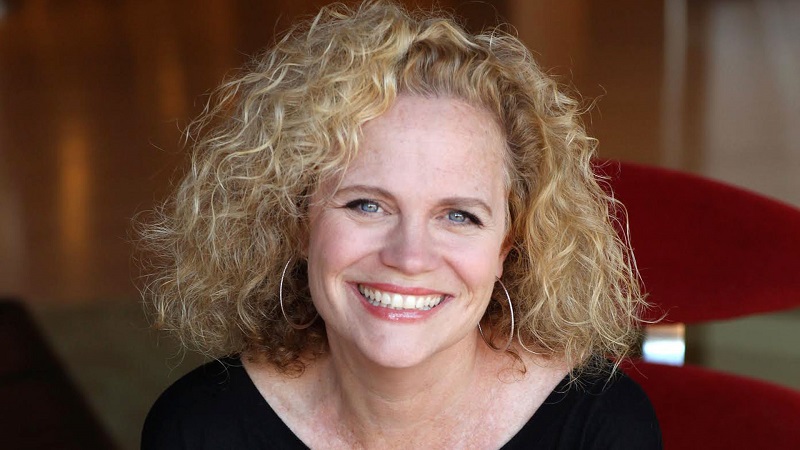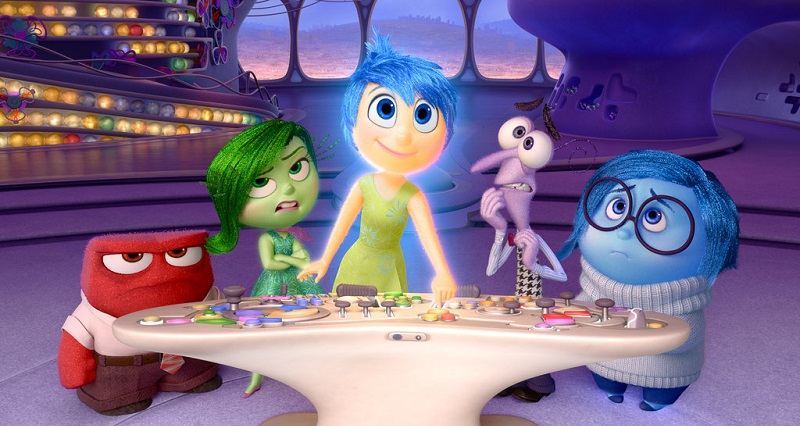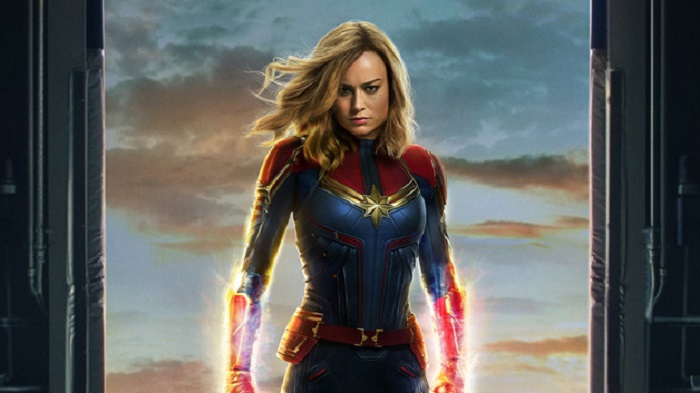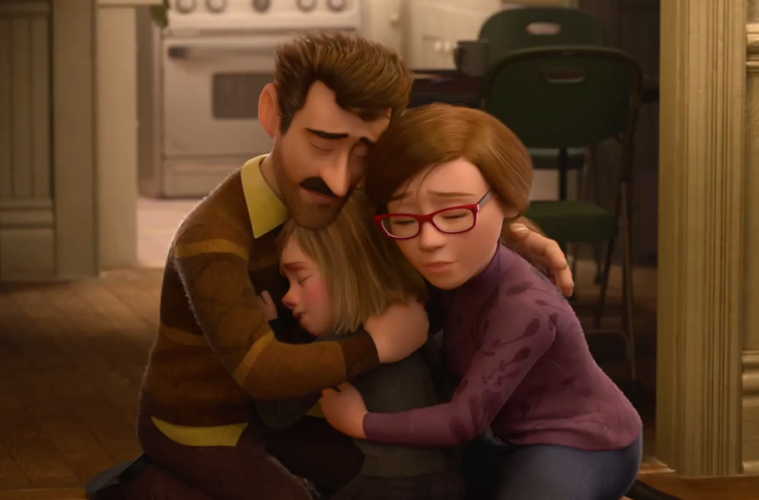
As a child, she was highly influenced by Bugs Bunny and ever since wanted to be a writer. As a child she thought she couldn’t be one, but had the courage to take that leap of faith and today, she has the biggest blockbusters to her name. She is Meg LeFauve, the screen-writer of Captain Marvel, Inside Out, The Good Dinosaur, Onward and more.
AnimationXpress had the honour to host her for a wonderful conversation on her experiences, sharing valuable tips and messages for the aspiring writers. She was also one of the masters at Animation Masters Summit 2021. Below are the excerpts:
Your credits include blockbusters like Captain Marvel, Inside Out and many others. How was the experience associated with the biggest studios in the world?
I loved working for Pixar and Marvel. They both kept the focus on telling the best story. I loved working at Pixar especially as they’re the best storytellers in the business. It’s a place of iteration and there’s spontaneous creativity. I loved and enjoyed working on Inside Out and it was absolutely amazing to write the character of ‘Sadness’.

What was the research that you went through while writing Inside Out?
Inside Out was crazy as we were working with layers of emotions and motion. Pete Docter did the research before I came onto the project. He had chosen the five emotions and areas on the mind to visit. What I brought was my experience learning “emotional intelligence” from the preschool that my children attended. I learned about not trying to change or “fix” my child’s emotion if it made me uncomfortable. Because then they don’t learn their emotions and how to own and deal with them. (They learn the opposite, how to push away and bury the harder emotions – but every emotion is there to help you…). So the scene where Sadness sits down with Bing Bong and is with him in his upset over his rocket being thrown in the dump is right out of what I learned. That if a child’s upset because the block structure they’ve been building has been knocked down by another child, you don’t say “let’s fix it, you can build another structure! Be happy!” You say “you worked so hard on that block structure and now you’re sad.” You identify the emotion for the child so they know what this is that is happening in their body. This is Sadness. – and frustration and anger — name them all. You then, by naming them, allow the child to feel and be in that emotion — and then – it passes. And they jump up and go on to play. It’s the honoring of those emotions, it’s knowing yourself and how to emotionally regulate – that I find so empowering. It was tremendously challenging yet so rewarding.

Since Marvel projects are adapted from comic books, how do you innovate yet keep it connected to the original work?
My writing partner Nicole Perlman and I had to be well versed in Captain Marvel as she was in the comic books, but we also had to bring our personal life experiences – and curiosity – to the process. We used the comic books as our inspiration to originate. We had to put the stories together and pitch them to Kevin Feige who’s the smartest and loves and knows the characters in and out. That brings a lot of positivity to the project. It was a balance for sure, to honour and express what was in the comics, while still innovating a new basic storyline for her character. We dealt with stories of failure and success and the metaphors of being human yet strong – you become powerful when you stop believing what others think about you.
Which is more challenging to work on – animated project or live-action project? How are the adaptation processes different?
In most ways it is the same, the core storytelling engines and dynamics are at play in both. In animation the world and world building take on more weight, but if I were to do a Live-action sci-fi I’d expect the same world building focus. What I love most about animation vs live action is the collaborative nature of animation. I am one of a very large team bringing themselves and their work to the storytelling process. I love working with storyboard artists who are wonderful storytellers in their own right. The teams of writers who bring their talents to the movie even at early development stages is to me the best part of writing for animation.

Your take on how storytelling has changed/evolved with OTT/streaming platforms coming in the game?
For me telling a great story remains the same, no matter what the platform. I work within the same parameters as I would for a feature being released in theaters as on a streaming service.
How do you deal with writer’s block – because to some people writing is an organic process?
For me – it depends on the situation but things that have helped me in the past — 1) making it a practice and discipline to sit down each day even if I am blocked and end up writing nonsense— to keep the tap open. Even if it is writing 100 different ideas down – one sentence each – many and most of which will not be good – but there is always a gem or a spark to then move from.
2) taking long walks – letting my mind wander into other areas, to get the flow going in a different way.
3) and most importantly I change my mind set. I try to take it out of “ego” – ie “I am blocked” and put it into the fight for the characters. Because if I don’t sit down and try – and push through – the characters who have chosen me to tell their story will never come into being. Will never exist. So I write for them . I go back to them and their story — in specifics or 30,000 foot view – whatever will inspire me for them.
4) Also rewrite the entire thing and get notes, get feedback. It’s a craft and you’ve to keep pushing to learn it.

What’s your favourite story and moment?
The ending of Inside Out is my favourite, something I wanted to tell my parents but Riley did (You want me to be happy, but I’m not. Stories work when they’re authentic – about human conditions. So going back to the core/ lava of one’s self influences storytelling, as stories are what connects people.
Your message to aspiring storytellers and writers?
Don’t take No for an answer. Evolve a sense of deeper instinct. Self-belief and a powerbase is very crucial. Have a beacon, a want of something bigger and meaningful.

